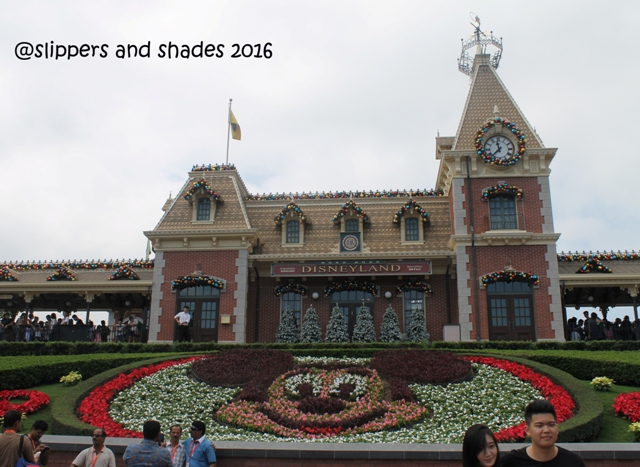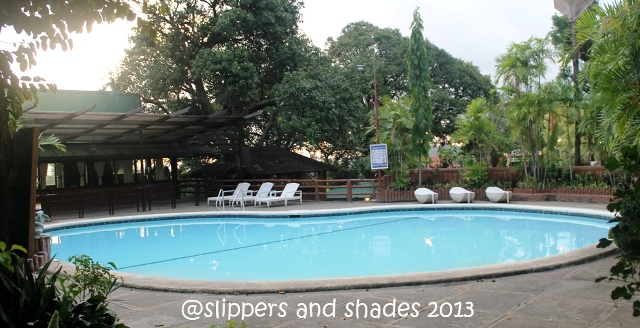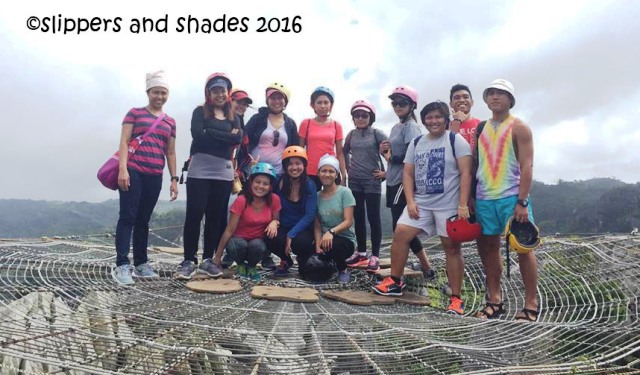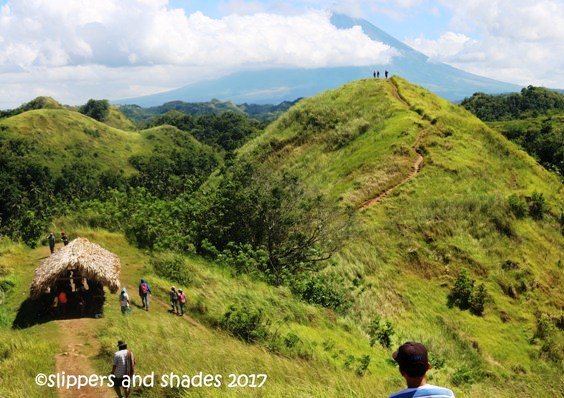Anawangin and Nagsasa are two popular coves in Zambales that I was itching to visit. I was coercing my hubby in getting there for almost three years now, yearning and dreaming of camping and beach getaway. Came the third week of March this year, I was surprised by his abrupt decision when he told me that we will be celebrating our son’s 19th birthday there! Finally, this is it! Thank you so much dear for considering my long-time wish. Yehey!
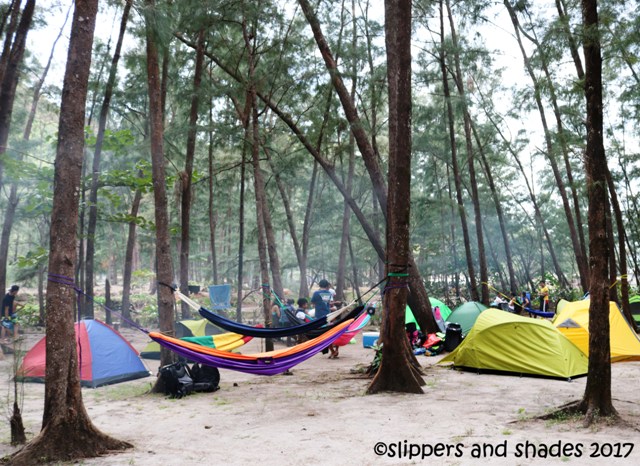
the campers at the back of the beach area and near the enchanting river
To make it more fun and louder we enjoined our favorite travel buddies, Froi, Marie, Abu, and Bim to this exciting adventure. Froi brought his cooking camping set with two cans of butane gas. We bought rice, veggies, pork, fish, red eggs, and hot dogs to be cooked in Nagsasa, our preferred place to spend the night. We had a banana and sweet mangoes for dessert. We had camping tents, hammocks, gallons of mineral water, rechargeable light, and headlights too.

the whole gang is ready now for another beach and camping getaway
We left Alabang by 3:00 am and had breakfast in Arizona Restaurant in Subic Bay, We reached the quaint barangay of Pundaquit in San Antonio, Zambales around 11:00 am. We were met by our contact person Kuya Florentino and right away he introduced us to the boatmen Raymart and Kuya Isidro. We first head off to the camper’s favorite haven, the famous Anawangin, the most popular among the coves in San Antonio.

the wide stretch of sand and volcanic ash mixture
ANAWANGIN
It was nearing 12 high noon and the sky was gray, but thank God the water was calm. We passed by Capones and Camara Islands and the glorious mountain slopes. After thirty minutes, the boat docked on the shore of Anawangin.
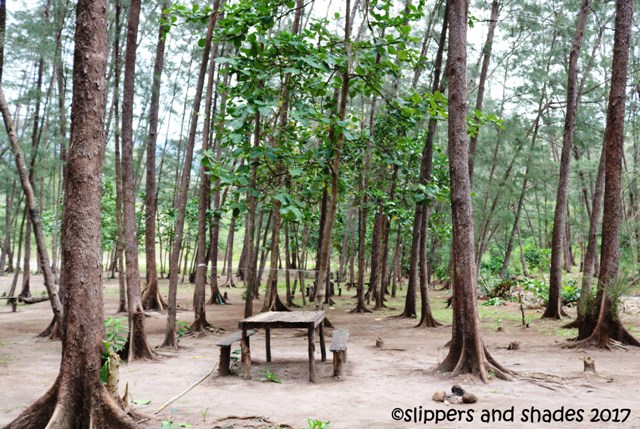
the view and the serenity that will take all your stress away
We first strolled the wide stretch of shoreline. The sand was not white but gray. It had a mixture of volcanic ash which comes from ash deposits that covered the entire area after the eruption of Mt. Pinatubo in 1991. As decades passed, the cove emerged in its new natural form, a beautiful one indeed. The surrounding rolling hills and the flourishing tall pine-like trees, the Agoho trees which are said to be endemic to the Philippines make Anawangin more charming.

the wooden bridge near the stream
There were several tents pitched near the beachfront which was fenced off by bamboo poles. Later we set off to explore the enchanting stream.

Pao celebrating his 19th birthday
Though there was no sun to give a more glorious glow to the stream, still the place looked so magical. We were mesmerized by its charm. It was mantled by complete serenity as it was surrounded by Agoho trees. You will love to walk in the shallow water and stroll around. Like we did!
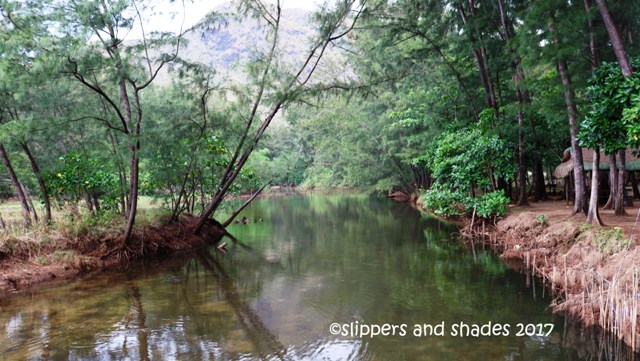
Another amazing spot in Anawangin
After crossing the stream, we walked a bit further towards another area for campers. It was less crowded compared to the beachfront. There were wooden tables and chairs and lots of Agoho trees. Campers were busy preparing for lunch.

sari sari and souvenir stores along the beachfront
We crossed two wooden bridges and I felt like we were walking in an enchanted forest and lapsed into silence while savoring nature’s finest beauty. I was fascinated by Anawangin that I took pictures in every corner of this place. Pao was mesmerized too. Surprisingly, my hubby too!
Now I know the reason why people flock in this crescent-shaped cove, the view is simply remarkable.
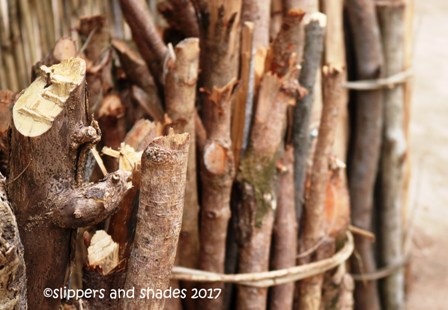
firewood for sale
Enough of fascination and walking around, we now set out to Nagsasa Cove.

an array of comfort rooms which are now made of concrete materials
The best months to visit Anawangin are from January to February where the heat of the sun is still bearable and not crowded yet so you will enjoy its laid-back atmosphere.
Entrance fee:
- Day tour: P50.00
- Overnight: P100.00.0
Children below 6 years old are free of charge
Cottage:
- Daytour: P100.00
- Overnight: P200.00
Notes:
- Comfort rooms are now made of concrete materials replacing the wooden ones.
- There’s no electricity in the cove.
- There are several sari-sari stores that sell mineral water, crackers, biscuits, firewoods, and other basic necessities. But the price was higher than the usual rate, so if you want to save money, bring all the necessary things that you will need.
- There’s no mobile signal in this place.
- Be careful when dipping into the water for the seabed is uneven. It gets easily deepens a few steps from the shore.
In getting there:
Ride a bus (Victory Liner) bound to Iba or Sta. Cruz, Zambales and alights at San Antonio Market. Travel time will take three to four hours depending on the traffic conditions. From there ride a tricycle (Php30.00) and tell the driver to drop you at the jump-off point in Pundaquit.
You may also like
Follow me on Instagram and Facebook for more of my adventures and travels. Enjoy!

